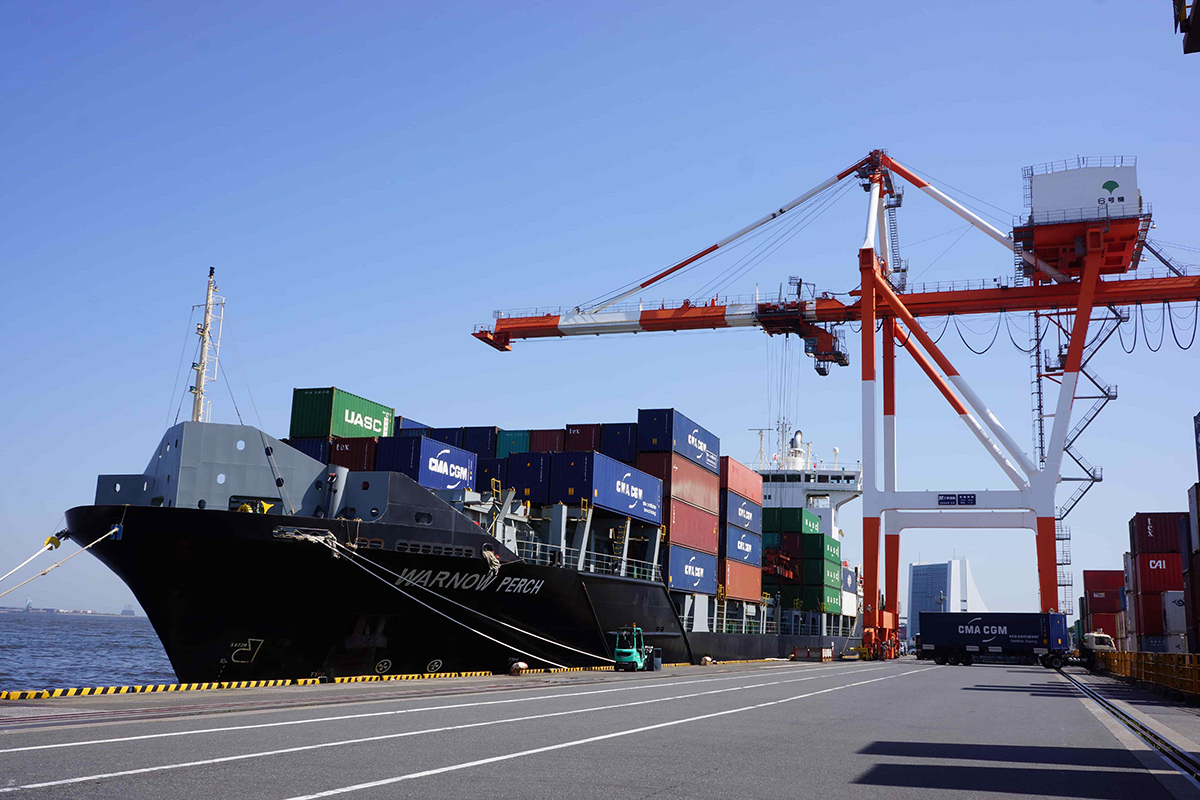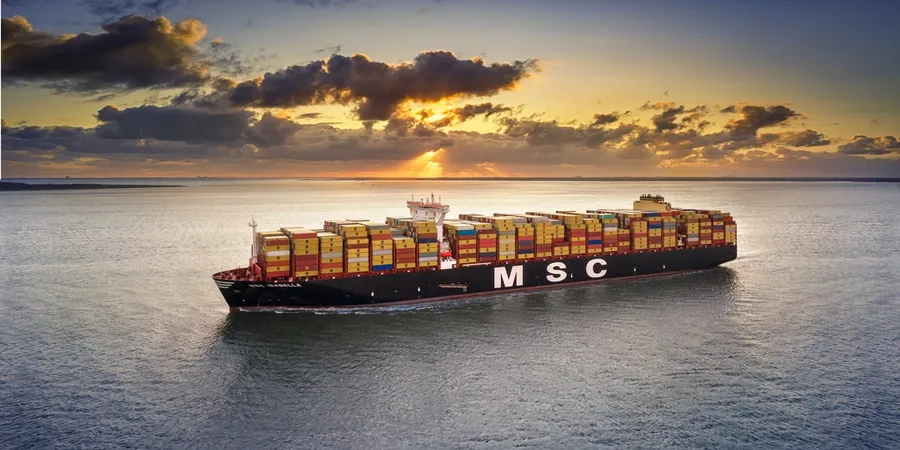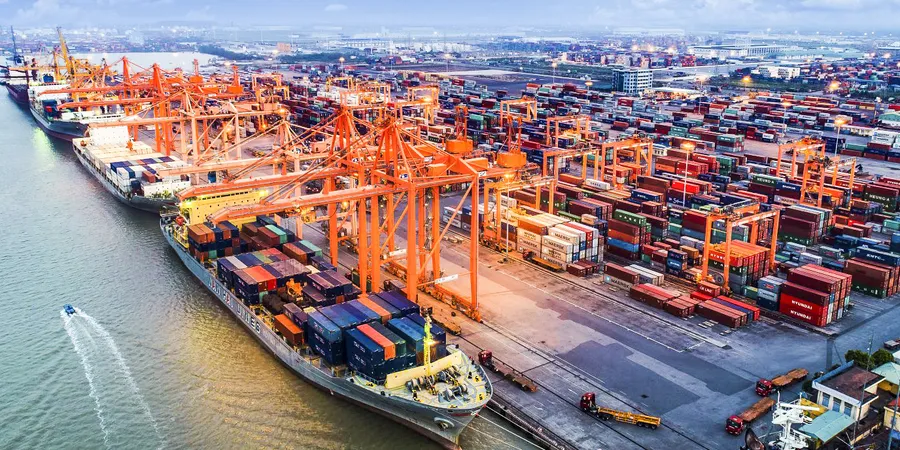Japan’s container volumes decrease for four consecutive months
Oceangoing containers to and from Japan's six major ports totaled 1.13 million TEUs in July, which slid 8.7% from the corresponding month of the previous year and have registered a year-on-year decrease for four consecutive months.
Looking at volumes at individual ports, Tokyo incurred a double-digit contraction, processing 334,842 TEUs, down 17.4%, with exports plunging 18.5% to 152,807 TEUs, and imports 16.3% to 182,035 TEUs.
A double-digit decline was made at Kawasaki as well, as it handled 7,442 TEUs, down 17.7%. Exports plummeted by 21.6% to 3,450 TEUs, and imports fell by 14% to 3,992 TEUs.
A throughput shrinkage was much smaller at Yokohama, where 229,039 TEUs were moved, down 2.3%. Exports fell by 4.9% to 119,191 TEUs, but imports rose 0.7% to 109,848 TEUs.
Nagaya was the only one of the six Japanese ports to enjoy an improvement in container lifting, which picked up 0.6% to 211,562 TEUs. Although exports waned 0.1% to 108,380 TEUs and imports swelled 1.4% to 103,182 TEUs.
Containers to and from Osaka sank 10.9% to 166,982 TEUs, consisting of 75,395 TEUs of exports, down 11.8%, and 91,587 TEUs of imports, down 10.2%.
Moreover, Kobe was responsible for 177,743 TEUs, down 6%, which comprised 92,627 TEUs of exports, down 7.8%, and 85,116 TEUs of imports, down 4%.
Source: Container News





